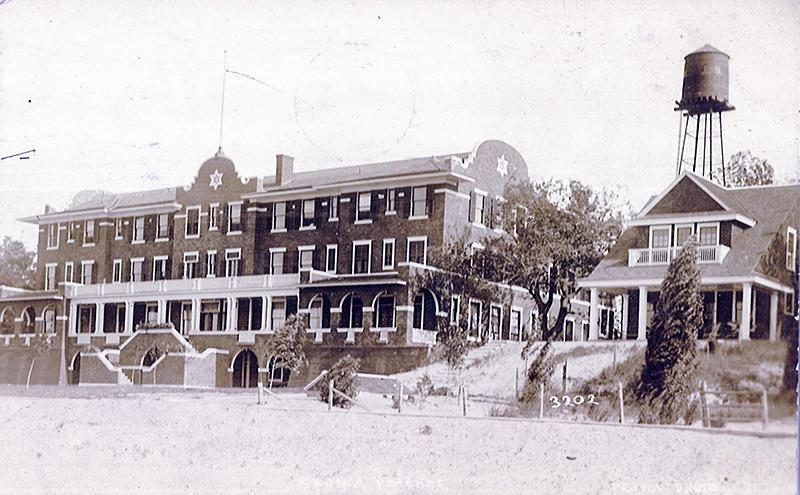Phil Egan
Sarnia has long boasted about its beaches, unnaturally blue water and the magnificent jewel that is Canatara. To view the pitch, you need look no farther than the current Tourism Sarnia-Lambton Visitor’s Guide.
But the idea of promoting Sarnia as a seaside resort town, in the image of Grand Bend, may seem like a bit of a stretch today. In 1927, though, not so much.
That year the Chamber of Commerce unleashed ten teams of fundraisers to pound the sidewalks of Sarnia, canvassing door-to-door to raise $8,500. The Chamber planned to use the money to unleash an advertising campaign upon the unsuspecting citizens of Detroit.
The intent, the Chamber said, was to lure “people with means” from the Michigan metropolis to the broad strands and glorious resorts of the Imperial City.
The three-day canvass took place in May and each of the ten teams featured four to nine volunteers led by a team captain – usually an alderman or important business leader.
In the days before packaged holidays to Mexico and the Caribbean, North Americans were urged to consider the Great Lakes as their “natural summering grounds.”
Guests would arrive in Sarnia for a week, a month, or the entire summer season to “take the waters” and enjoy their days swimming, bathing and boating, fishing or playing tennis and croquet.
Holidaymakers flocked here from as far as New York, St. Louis and Oklahoma City, and from Sault Ste. Marie, Cleveland and Toronto.
But by 1927 those days were nearing an end. The famous Grandview resort on Wees Beach had closed in 1919. The Lake Huron Beach Hotel still survived, however, keeping Sarnia’s hand in the game – and Canatara Park was as spectacular as ever.
The Chamber of Commerce campaign saw full-page advertisements published on the front page of the second section of the Detroit Free Press. A follow-up campaign sent brochures extolling Sarnia’s virtues as a summer resort to all Detroiters who responded to Free Press ads. Smaller advertisements followed – ten in all.
The campaign undoubtedly attracted visitors, but Sarnia’s advantages as a summer resort were on the wane. The popular Crinnian Dance hall on the beach would burn down in 1933, and the destruction of Lake Huron Hotel followed two years later.
In more ways than one, Sarnia’s image as a summer resort town had gone up smoke.

This postcard, which was sent by a visiting tourist in 1913 to family back home in Lakewood, Ohio, shows a dock, boats and beach houses at Woodrowe Beach, which was near the foot of Christina Street.
Photo courtesy Dave Burwell collection, Sarnia Historical Society


